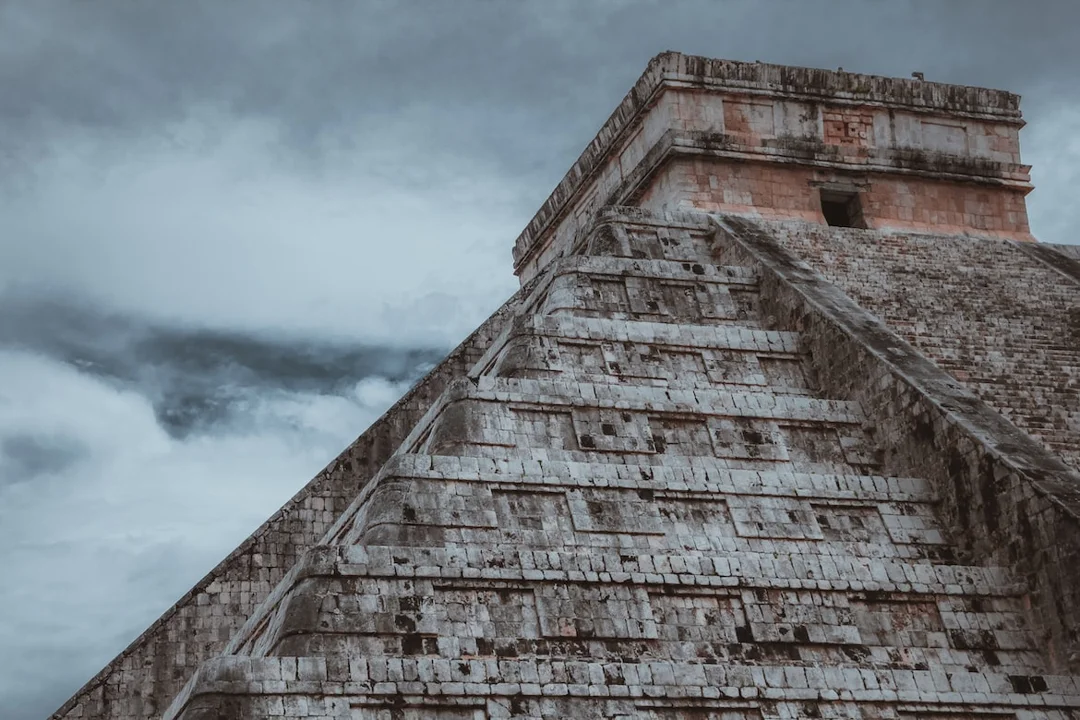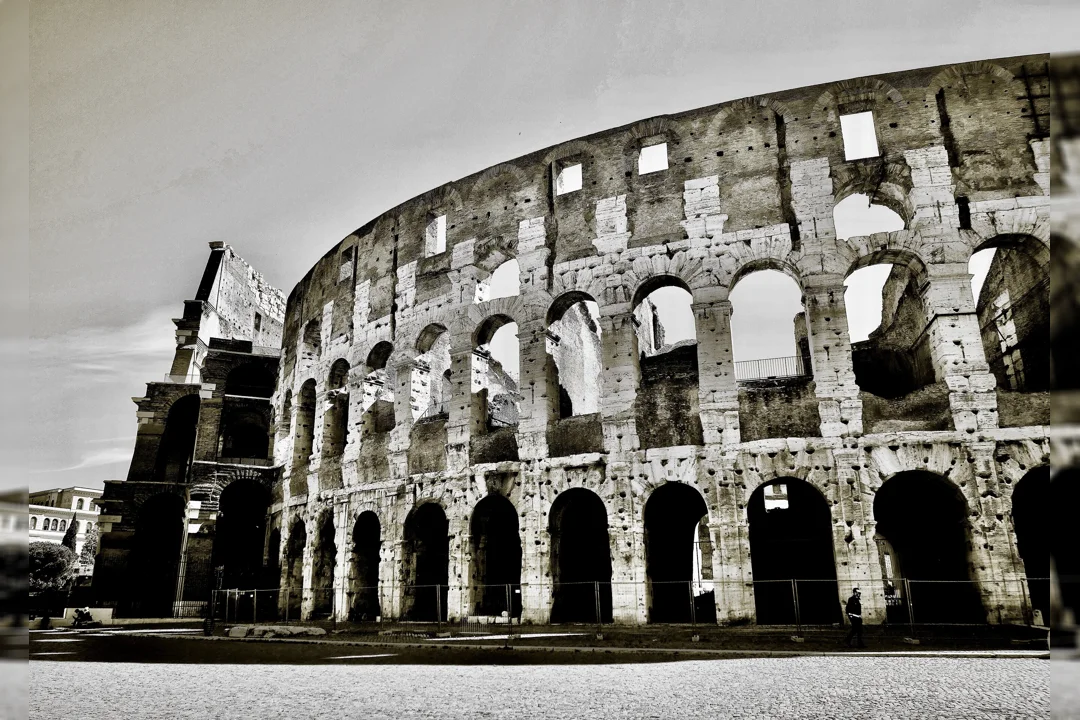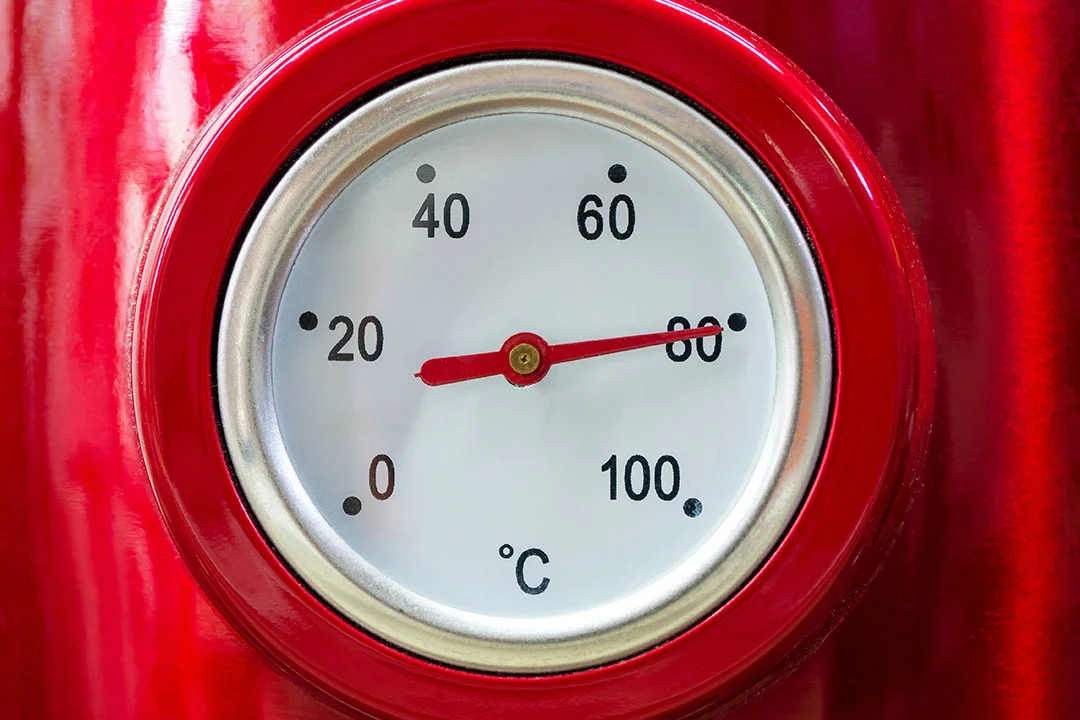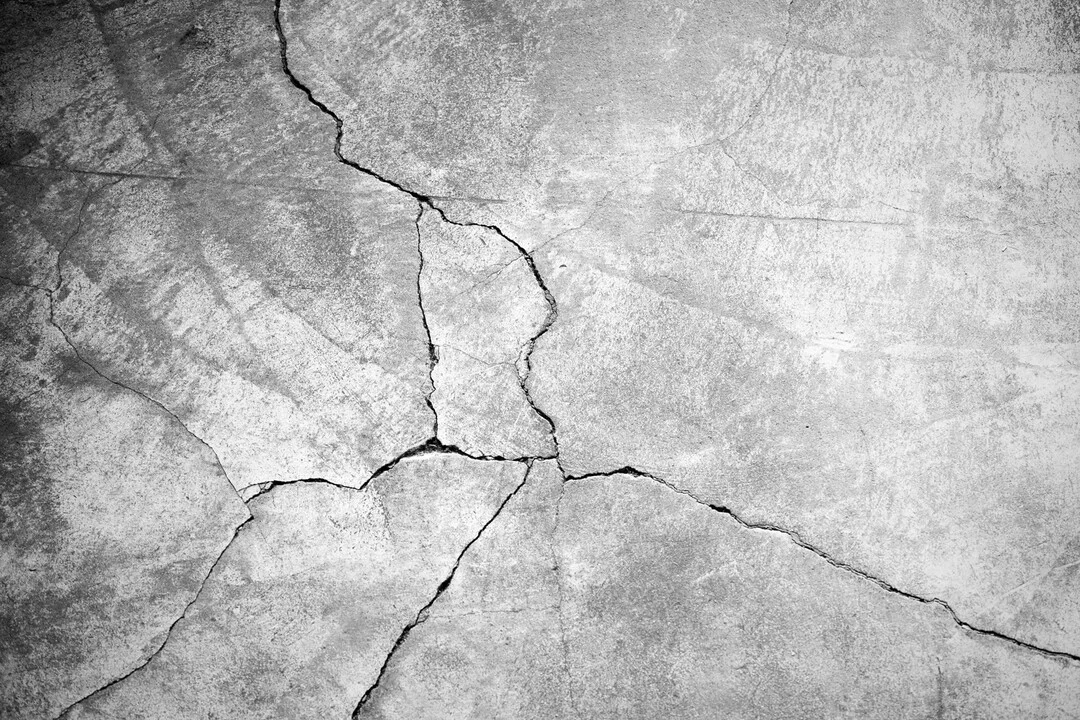Regular sealing of concrete maintains its longevity and durability for decades. The exterior surface must be protected from extreme temperatures, bad weather, high impact or severe wear. Interior surfaces benefit from sealants that resist heavy foot traffic, cleaning products, and stains.
Nueva superficie de concreto
For new concrete, wait at least a month to fully cure before applying sealer.
Cleaning and repairing damage to existing concrete surfaces.
No matter what type of surface you are sealing or what sealer you are using, unless you have recently poured concrete, the first step in the process is always to thoroughly clean the surface. If there is any damage, you will need to repair or resurface the concrete. From then on, the process will vary slightly depending on the details of your project.
Check the condition of the concrete surface after a good pressure washing of the exterior surface or sweeping and scrubbing of the interior surface. Certain surfaces may need to be sanded or polished to a perfectly smooth surface for the sealant to adhere properly. In this regard, penetrating sealers are more forgiving than acrylic, epoxy, or polyurethane sealers.
If the concrete has been coated with sealer, we recommend removing it from the surface before resealing. The exception is when the same brand of sealer is used and the manufacturer recommends layering over time.
For interior and exterior surfaces, allow all moisture on the surface of cleaned or stripped concrete to dry for 24 hours before applying sealer.
Also, damaged areas of the concrete surface must be repaired before any sealer is applied. All surfaces that are not smooth due to pitting, cracking, corrosion, or flaking must be restored and fully repaired or recoated before applying sealant. Allow sufficient drying time for the restorative material used.
For interior surfaces, use a degreaser to ensure the material adheres properly before repairing damaged areas or applying sealers. For outdoor spaces, be sure to use solvents, cleaners, or acids to remove any materials, such as oil or paint. After using and removing any cleaning products, allow to dry for 24 hours.
Once you have a smooth, clean, and dry surface to work with, you're almost ready to use the caulk.
Preparar el espacio de trabajo
For interior concrete surfaces, remove the trim and baseboard panels. You can also use masking tape or protective sheeting on adjacent surfaces.
For exterior surfaces, the most important step before applying the sealer is to check the weather. Most sealants require a minimum temperature of 10°C and a maximum of 35°C for application, you must avoid rain during application, and most types of sealants require a 5-day cure period.
Concrete Sealer Applications
Follow manufacturer's instructions for recommended number of coats, either roller or spray applied, and drying time required for cure. Cure time is typically 1-2 days and most sealers require two coats.
Some penetrating sealers may even require three or more coats. Some sealants, such as polyurethane, contain high levels of VOCs (volatile organic compounds), so be aware that you may need a face mask or respirator.
Do you want to know more about concrete? Contact us.
Our Lueste professionals specialize in all types of concrete. Our specialization and experience make us one of the most reliable ready-mix concrete providers in CDMX. With a continuous stream of satisfied customers, our products and services have been efficient and top-notch.
We have enough industry knowledge to help you with a variety of commercial, residential or personal projects. Do you want to get in touch? Call +52 (55) 5598-9348.
"



